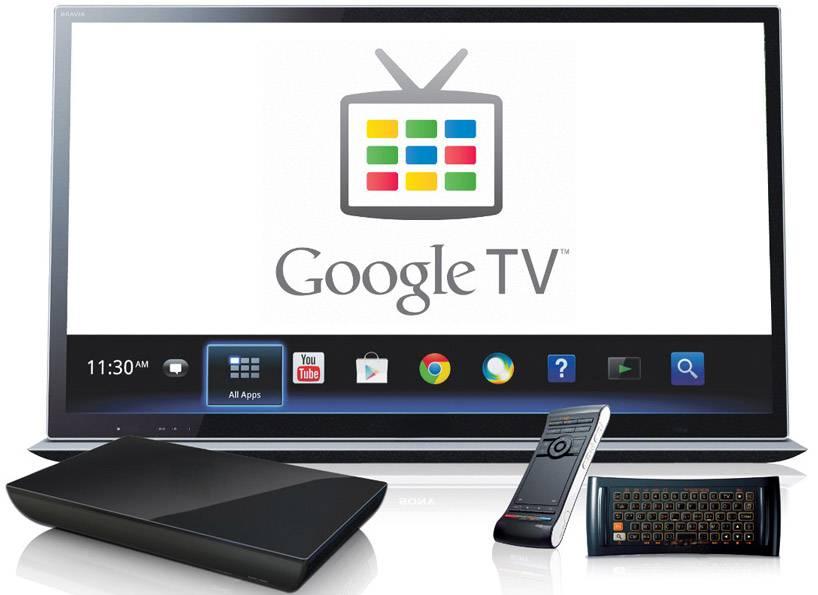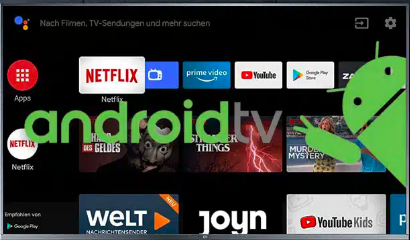Deeplight Assists a Chip Manufacturer in Completing Google GMS Certified Chip Registration
Deeplight Technology successfully assisted a chip manufacturer in completing Google GMS-certified chip registration. This article explains the importance of Google GMS certification for Android devices, the factors Google considers for chip registration, the required documentation, and the timeline for approval.

Chip-in example
I. What is Google Chip Registration, and Why Should We Care About the Chip Platform's Google Android GMS Certification?
During the GMS certification process for smart devices, whether it's EDLA, MADA, or TADA certification, the very first step is to fill out an application and submit it to Google. Google will verify the submitted information, which involves various details about the device.
This information includes product model, brand, dimensions, appearance, target shipment regions, and, most importantly, the chip model. Specifically, you need to declare which chip your device uses and its corresponding Android version. The chip you use must already exist in Google's GMS certification system.
If the chip you use cannot be found in Google's system, you must apply for chip registration. Once the chip is successfully registered in Google's system, you can proceed with the GMS certification for your device.
Deeplight has successfully assisted in registering chip platforms in Google's system. As shown in the example below, the critical information includes "CPU Make" and "CPU Model."On the homepage, you can select the chip platform, and the drop-down menu allows you to check a certain incoming model.

II. What Factors Does Google Consider for Chip Registration?
Google has strict requirements for manufacturers seeking to register their chips. Currently, the chips used in most mainstream GMS-certified devices are primarily from Qualcomm, MediaTek, Rockchip, and Spreadtrum.
Google evaluates the manufacturer’s scale, experience in Android development, the maturity of the chip, and the potential contribution of the chip to increasing Android‘s market share. Additionally, Google considers factors such as chip performance, security, software support, and market competitiveness.
III. The Timeline for Google GMS Chip Registration
For chip companies that already have a record of registration with Google, the process is relatively fast and typically takes around two to three weeks. However, for companies with no prior registration history with Google, the timeline can be much longer, generally requiring two months or more.
IV. What Documents Are Needed for Google GMS Chip Registration?
1. Detailed specifications of the chip, such as chip model, maximum CPU/GPU speeds, the number of CPU/GPU cores, etc.
2. Test reports from devices using the chip, including results from running GMS certification tests.
3. Information about the applicant company‘s website, types of devices using the chip, and potential shipment volumes.
Feel free to consult Deeplight Technology for Google GMS certification services. We have extensive experience assisting leading publicly-listed companies with a wide range of devices. Our expertise covers MADA, EDLA, TADA, AER, and other GMS certification agreements.
Our services go beyond testing and certification. We can also assist chip manufacturers with Google chip registration and provide technical support to accelerate the registration process, ensuring a high success rate for approval.
-

Deeplight | Outsourced Testing Services for Google TV TADA / Netflix / Amazon Prime Video / YouTube and More
Deeplight is dedicated to providing comprehensive outsourced testing and certification services for Google GMS. We boast a professional technical testing team specializing in streaming applications such as Google TV, Netflix, Amazon Prime, and YouTube, equipped with exclusive external broadband testing environments and a wide array of proprietary test kits.2025-04-30
-

Detailed Explanation of DRM Widevine L1, L2, L3 and Its Relationship with Google GMS Certification
Widevine is Google‘s Digital Rights Management (DRM) technology, widely used in the video streaming industry (e.g., Netflix, Disney+, YouTube Premium, etc.) to protect high-value content from illegal copying or distribution. The core goal is to ensure that content is only played on authorized devices and in legitimate user scenarios through encryption and permission control.2025-04-30
-

A Series of Testing Tools Used for Google TV Device Certification
Google TV devices, such as TVs, TV boxes, and projectors, require TADA certification, which involves passing tests like CTS, GTS, VTS, and TVTS to obtain certification.2024-09-11
-

Google/Android TV CDD Details Requirements
A Google/Android TV device refers to an Android-based television device, providing an entertainment interface suitable for users viewing television programs from approximately 10 feet away ("interface for large-screen entertainment experiences" or "interface for viewing from 10 feet away"). It allows users to watch digital media, movies, TV broadcasts, play games, and/or use applications.2024-09-11
-

Google Android TV/Set-Top Box Certification for Android ATV
Google Android ATV certification refers to the whole machine certification, submitted by ODM/OEM to Google to do the certification test, SOC manufacturers do not need to do the chip-level certification.Android TV was introduced at Google I/O on 26 June 2014, specially designed for TV and set-top box products designed for the application service package. Based on the Android AOSP version, plus the GTVS package can be compiled out of the Android TV Firmware.2024-09-11







